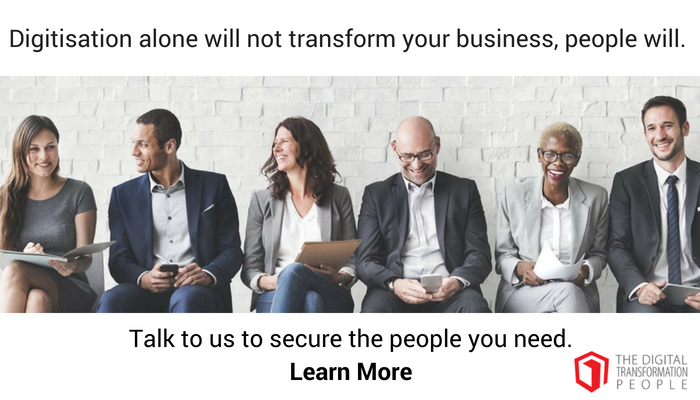In this series, I am introducing you to the twenty superpowers that leaders need to possess to create an environment for resilience. This is an environment in which individuals and teams are resilient in the face of constant change.
Individual resilience is critical when the world around us is volatile, uncertain, complex and ambiguous. Resilience means we can adapt to difficult situations and not just survive but thrive. Unless we do, the stress will overwhelm us, and we will suffer physically and mentally.
Each week we will explore one of those twenty superpowers.
Superpower – The Connector
A resilient team is one in which employees have a shared sense of purpose and connectedness.
The Connector creates cultural experiences and means of engagement that allow for better collaboration.

The Connector encourages cross-functional collaboration to draw on the diverse set of skills and capabilities within an organization.
They provide cross-functional teams with a shared purpose and provide them with the autonomy to solve problems, seize opportunities, experiment, innovate and make decisions within provided parameters.
During times of constant change, employees will face setbacks, challenges and high demands. This means that as a leader, you need to invest in building networks and connecting teams with each other and other teams.
Leaders have to provide team cohesion through social activities, group training, celebration of individual and team achievements, regular informal team get-togethers and creating a culture of mutual trust and respect. Leaders encourage employees to reach out to each other for support and maintenance of resilience.
You need to create environments where team members can share openly and fairly, demonstrating empathy for others in the process.
By creating coalitions of networks, you can connect diversity of thinking, ideas and solutions that lead to positive change and innovation. You can increase the speed at which problems and opportunities are addressed and you can leverage the deep pool of knowledge, skills, expertise and experience across team, discipline, industry and geographical boundaries.
Building for connection
In 1986, Steve Jobs bought the small computer manufacturer Pixar.
In 2000 he relocated the company to an abandoned canning factory. The original plan was for three buildings with separate accommodation for computer scientists, animators and the Pixar executive. Jobs scrapped the plan and replaced it with a plan that had one building with an atrium at its centre.
The purpose was to put the most important function at the centre of the building which was the interaction of employees. The atrium was a large open space where people could talk to each other. Jobs made sure that happened by placing the mailboxes, meeting rooms, bathrooms, cafeteria, coffee bar and gift shop in the centre of the building.
Steve Job’s biography quotes him as saying, “If a building doesn’t encourage [collaboration], you’ll lose a lot of innovation and the magic that’s sparked by serendipity. So we designed the building to make people get out of their offices and mingle in the central atrium with people they might not otherwise see.”
Actions
Celebrate wins – it is easy to get caught up in the speed of change without stopping to acknowledge successes and take time out to celebrate.
Celebrate setbacks – setbacks should be seen as a learning experience and be celebrated along with the successes. Each setback is a step closer to success.
Show gratitude – take time out to thank employees for their contribution. Be clear about what you are thanking them for. Do it publicly so others can share in the recognition.
Reward – reward employees for their contribution and going the extra mile. It doesn’t have to be an expensive activity. A couple of movie tickets or retail vouchers say a big thank-you.
Collaboration – emphasize the importance of collaboration both within the team and outside the team. Encourage employees to reach out and collaborate across functions. Approach peers to engage in cross-functional collaboration on a particular project or change. Ensure there is a shared sense of purpose and goal.
Team building – there is a vast array of effective team building activities that can be leveraged to bring employees and teams together and establish a sense of cohesion and camaraderie.
Time-out – provide a space for employees to take some time out, decompress or socialize with each other. Use it yourself.
Create spaces for collaboration.
You can read more in Karen’s Leadership and Resilience series, here
Article by channel:
Everything you need to know about Digital Transformation
The best articles, news and events direct to your inbox
Read more articles tagged: Collaboration, Featured, Leadership









